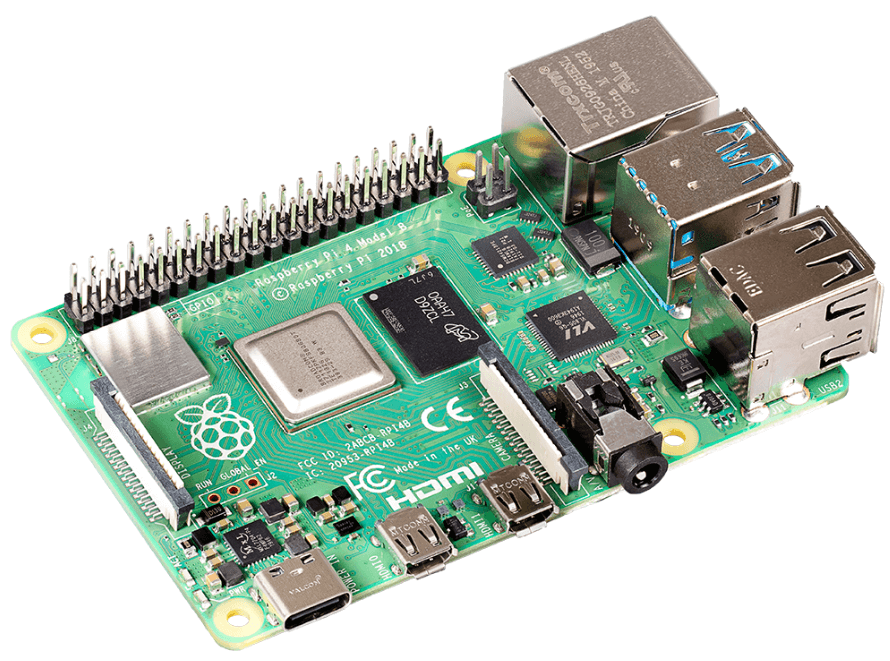HDMI/Micro-HDMI vs DSI – Raspberry Pi 4 Display Connectors
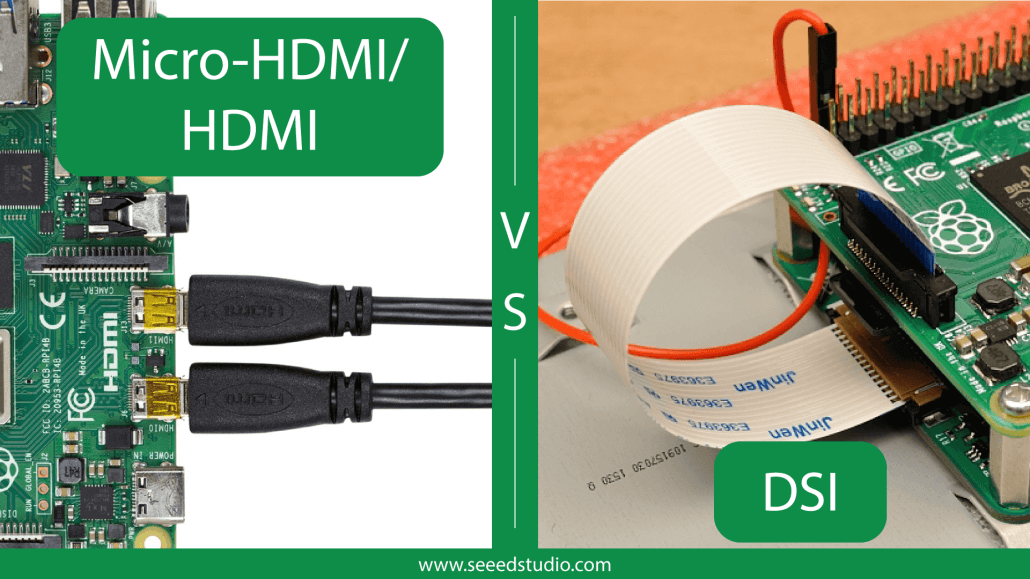
What is a Raspberry Pi?
Raspberry Pi is a low cost, credit-card sized computer that plugs into a computer monitor or TV and uses a standard keyboard and mouse. It is a capable little device that enables people of all ages to explore computing and to learn how to program in languages like Scratch and Python. It is capable of doing everything you’d expect a desktop computer to do, from browsing the internet and playing high-definition video, to making spreadsheets, word-processing, and playing games. Raspberry Pi 4 is the latest iteration of the Raspberry Pi product family and it offers the fastest performance when compared with the previous generations.
To learn more about the Raspberry Pi, please visit our blog Learn all about the Raspberry Pi: Getting started, Projects, Software, Tutorial
An 8GB RAM version of the Raspberry Pi 4 Model B just got released. Click here to learn more!
Connecting a display to a Raspberry Pi
If you want to use a Raspberry Pi for your projects, having a display connected to the Raspberry Pi will allow you to have better interactions with your Raspberry Pi. But there are different types of connectors on the Raspberry Pi to connect to a display and you might be confused about which ones to use to connect to a display.
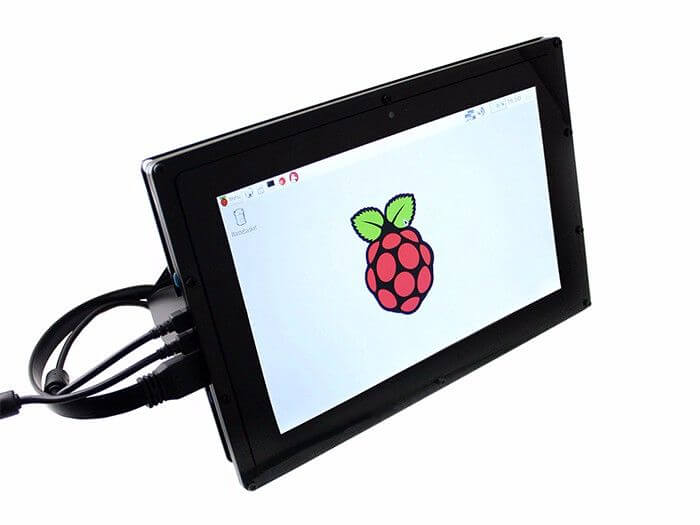
Well. Don’t worry. You are in the right place. This blog will be helpful for you to have an understanding of the different connectors and make a better decision when buying.
Display connectors on the Raspberry Pi
The Raspberry Pi 4 has 3 display connectors in total and they are; two Micro – HDMI connectors and one DSI connector.
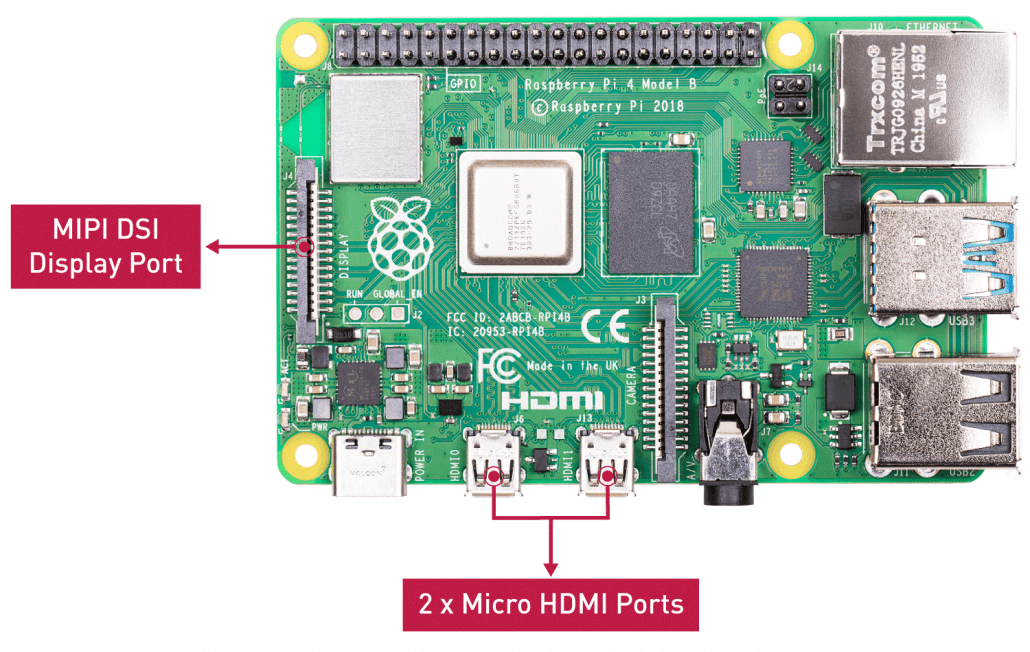
However, the Raspberry Pi 3 only has one regular HDMI and DSI connector and the only difference between Micro – HDMI and regular HDMI is the size.
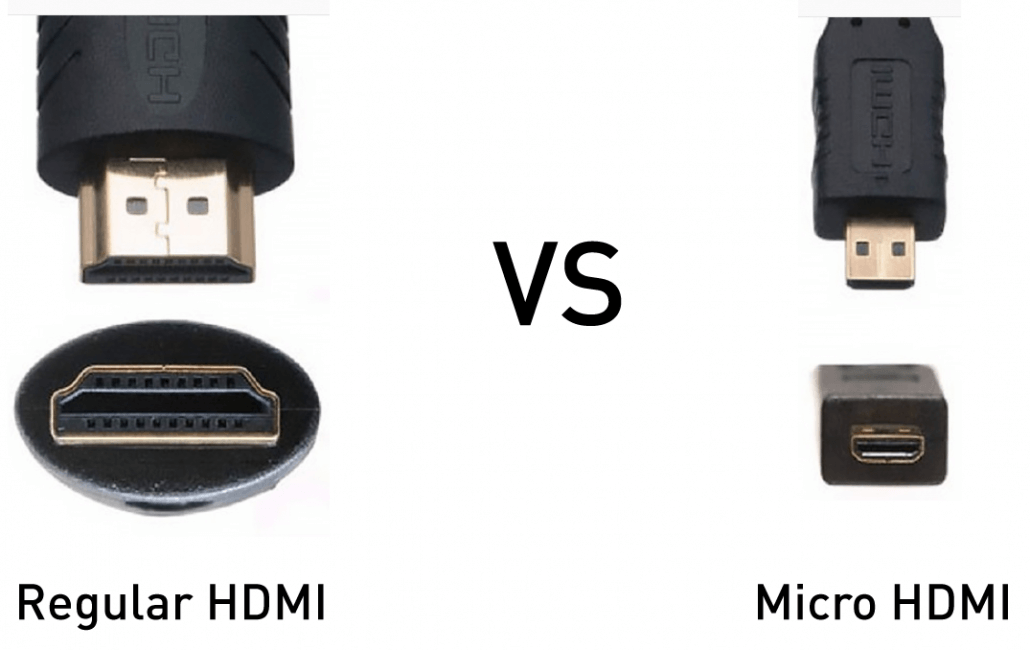
In this blog when we talk about HDMI, we will talk about it as HDMI in general because both Regular and Micro versions only differ in size.
What is HDMI?
HDMI stands for High Definition Multimedia Interface and it a connector and cable which has the ability to transmit both high-quality audio and video between devices. Also, the information sent over HDMI is uncompressed digital data, and this makes it possible for HDMI to transmit video signals at 4K resolution.
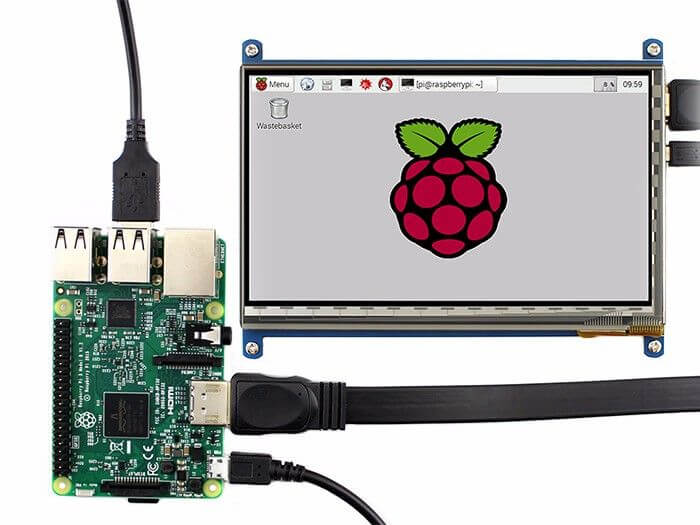
Different HDMI versions
There are different versions of HDMI and we will only focus on the HDMI versions available on the Raspberry Pi 3 and Raspberry Pi 4. The Raspberry Pi 3 has HDMI version 1.3 whereas the Raspberry Pi 4 has HDMI version 2.0. Let’s look at the table below to compare the differences.
| HDMI Version | Transmission Bandwidth | Resolution | HDR | HDCP |
|---|---|---|---|---|
| HDMI 2.0 | 18.0 Gbit/s | 4k@60Hz | Support | 2.2 |
| HDMI 1.4 | 10.2 Gbit/s | 4k@30Hz | no | 1.4 |
| HDMI 1.3 | 10.2 Gbit/s | 1080p@60Hz | no | 1.2 |
What is DSI?
DSI stands for Display Serial Interface and it defines a high-speed serial interface between a host processor and a display module. It is often called as MIPI DSI (mobile industry processor interface display serial interface) because MIPI is the standard. However, DSI displays are purpose-built for specific devices, unlike HDMI. DSI interface is widely used in mobile phones, laptops, wearables, and various other devices.
All Raspberry Pi boards have a 15-pin DSI connector on-board and you need a 15-pin ribbon cable in order to connect between the Raspberry Pi and the DSI display as follows.
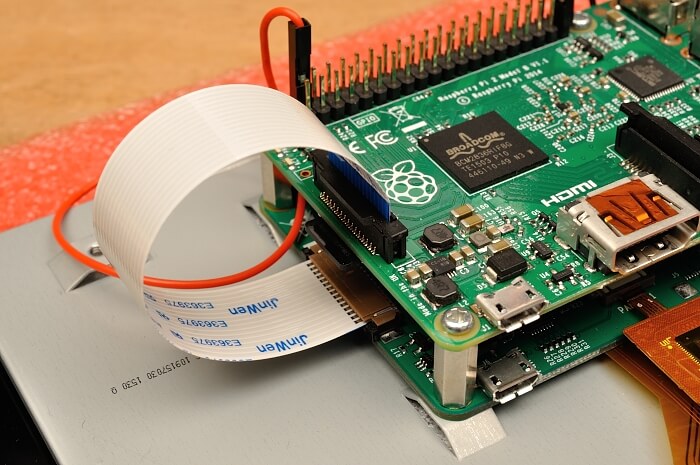
Advantages of using DSI for communication
- High-Speed Serial Interface
- Low Power Consumption
- Low Electromagnetic Interference (EMI)
- Fewer Pins Used for Communication
- Support Transmission of Stereoscopic Content
- Cost-Effective Solution
HDMI vs DSI
We have discussed HDMI and DSI separately and now we will illustrate how HDMI and DSI differ from each other.
| DSI | HDMI |
|---|---|
| Handful of LCDs Supported | Wide Range of LCDs Supported |
| No Audio Support | Audio Support |
| Low Power consumption | Comparatively high-power consumption |
| Not very easy to connect the 15-pin FPC cable | Easy to connect the HDMI connector |
| Ability to power the display via DSI | Unable to power the display via HDMI |
| Cost-effective | Comparatively expensive |
If you want to learn more about Raspberry Pi displays, please visit our blog TOP Popular Raspberry Pi Displays & Screens.
We hope you got a clear understanding of HDMI and DSI when using Raspberry Pi displays and hope you start building your next Raspberry Pi based LCD project!
